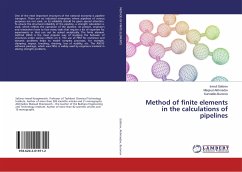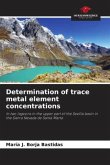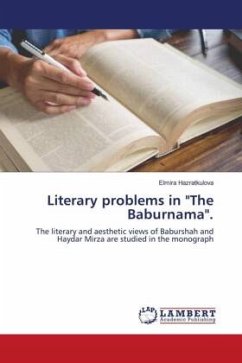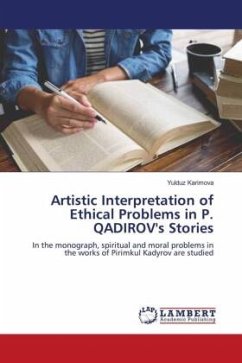In engineering practices, many boundary-value problems, which are defined in unbounded or infinite domains, such as soil-structure and fluid-structure interactions where the surrounding medium is much larger than the structure, are normally referred as unbounded problems. Those problems are wide-ranging and very important in engineering. Although it is a powerful tool for solving engineering problems, finite element method, in its basic form, has its limitation in dealing with unbounded problems. The fractal finite element method (FFEM) has been well established for crack problems in linear elastic fracture mechanics. With its application to the analysis of scattering of waves from structures immersed in an acoustic medium, it has also shown its potential in solving unbounded problems. This book is about extending the fractal finite element method to unbounded problems. In the first instance, the FFEM was used to study static problems in semi-infinite domains. It was then appliedto the analysis of fluid-structure interaction in the form of "added-mass" type problems. Possibility of using the FFEM in the buckling analysis of thin embedded shells was also discussed.
Bitte wählen Sie Ihr Anliegen aus.
Rechnungen
Retourenschein anfordern
Bestellstatus
Storno








